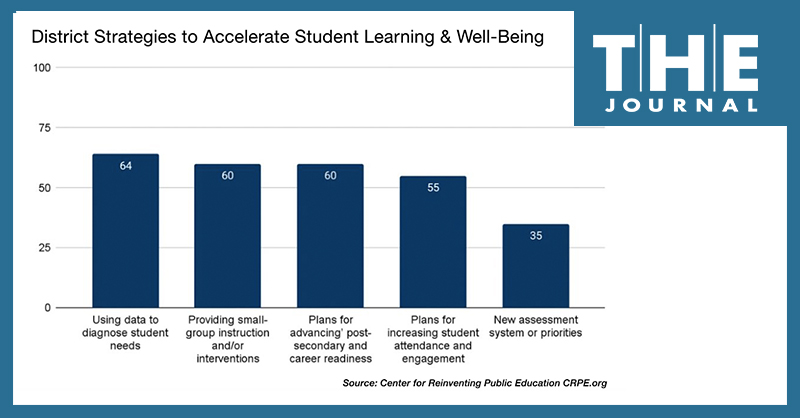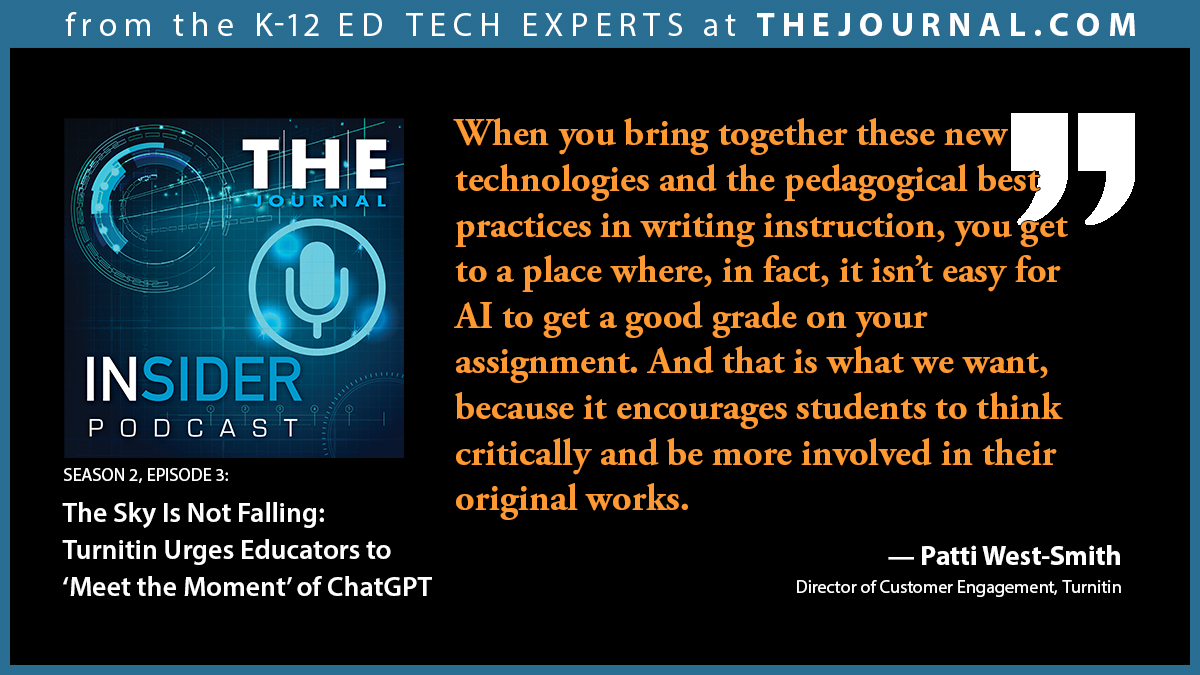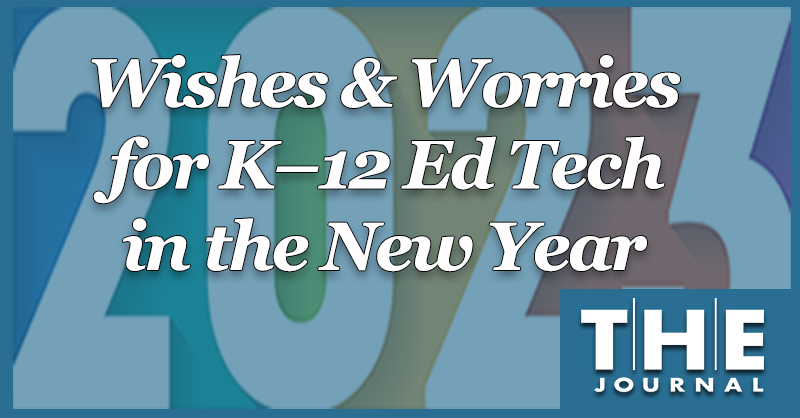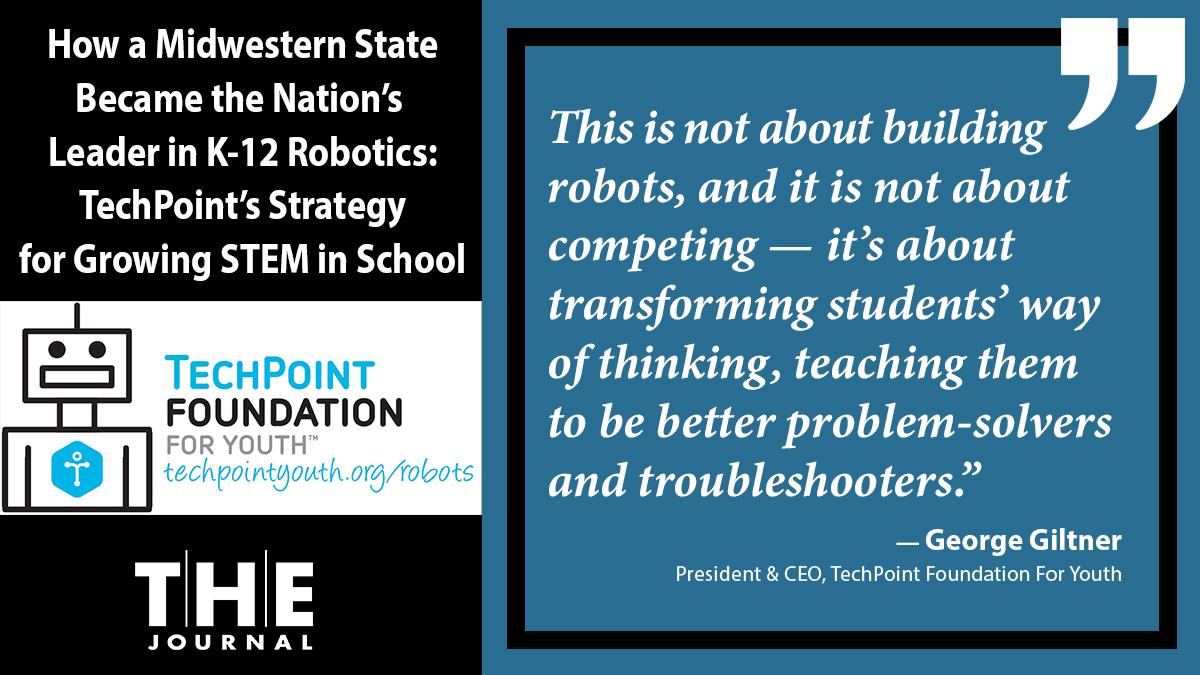
The pace of K-12 school districts' spending of ESSER Funds has picked up significantly this school year, and education leaders and researchers have shared tips and guides to help district leaders efficiently evaluate — or re-evaluate — their options when making procurement decisions, to ensure students benefit and stakeholders don't come to see spending decisions as failures.

Two former classroom teachers who have been working on Turnitin’s AI writing detection tool and related features to help educators better understand ChatGPT — and show them teachers how to use AI to save themselves time and how to tweak assignments so that ChatGPT cannot earn a good grade on writing homework — both believe that ChatGPT has presented a growth opportunity — or perhaps more of a growth demand — for writing instruction, which they explained in a podcast interview with THE Journal recently.
A Funds For Learning E-rate expert shares what K–12 procurement officers and IT leaders need to know so they can be prepared to apply for the expanded funds if and when the FCC decides to expand the E-rate eligible services list — particularly if the expansion plan of choice means that the amount of E-rate funds to cover modern cybersecurity services is limited, at least for the first few years.

Depending on who’s speaking, ChatGPT is projected to either further erode K-12 learning outcomes or it will boost writing instruction and overall learning outcomes when used with appropriate guardrails. Several education technology leaders explained to THE Journal why they fall in the second category and how K-12 education should and can embrace ChatGPT in classrooms.

Over the three years since Ector County ISD launched its tutoring program, the district has achieved remarkable growth, and superintendent Scott Muri recently joined THE Journal Insider podcast host Kristal Kuykendall to share some of the lessons learned during the pilot and implementation, such as its use of outcomes-based tutoring contracts, strictly structured tutoring sessions, and teacher involvement.

For THE Journal's 7 Questions Ed Tech Explainer series, Lenovo’s Education Software General Manager Coby Gurr shares how Lenovo’s K–12 division and particularly its classroom management software LanSchool emphasize inclusivity, accessibility, and a holistic, integrated approach to school technology — and how Lenovo EDU’s line of hardware, software, and services aim to provide a “comprehensive learning environment.”

During the final weeks of 2022, THE Journal asked scores of ed tech leaders about their wishes and worries for 2023. Cybersecurity and teacher resources were the most common topics addressed in the responses — many of which include specific ideas for new policies and practices for K–12 education in the United States.

Todd Ryckman of Cypher Learning joins THEJournal.com editor Kristal Kuykendall for a discussion about the competency-based education movement, what it looks like in school districts that have been implementing CBE over the past five years, and how Cypher Learning’s NEO LMS empowers educators and students, regardless of whether their school uses the traditional or “modern” instructional model or more of a CBE approach.

One state leads the nation on the number of students participating in robotics competitions, and it’s probably not the state you’d guess. Indiana’s robotics initiative reaches about 20,000 students each year, with higher levels of diversity than STEM fields usually see — and all that on an annual budget of under $200K.

THEJournal.com editor and podcast host Kristal Kuykendall visits with REC Foundation CEO Dan Mantz, who explains the foundation’s recent adjustments to its mission and vision, the addition of curriculum and competitions for drones and automation, and all the ways that the REC Foundation programs are helping prepare the workforce of tomorrow.